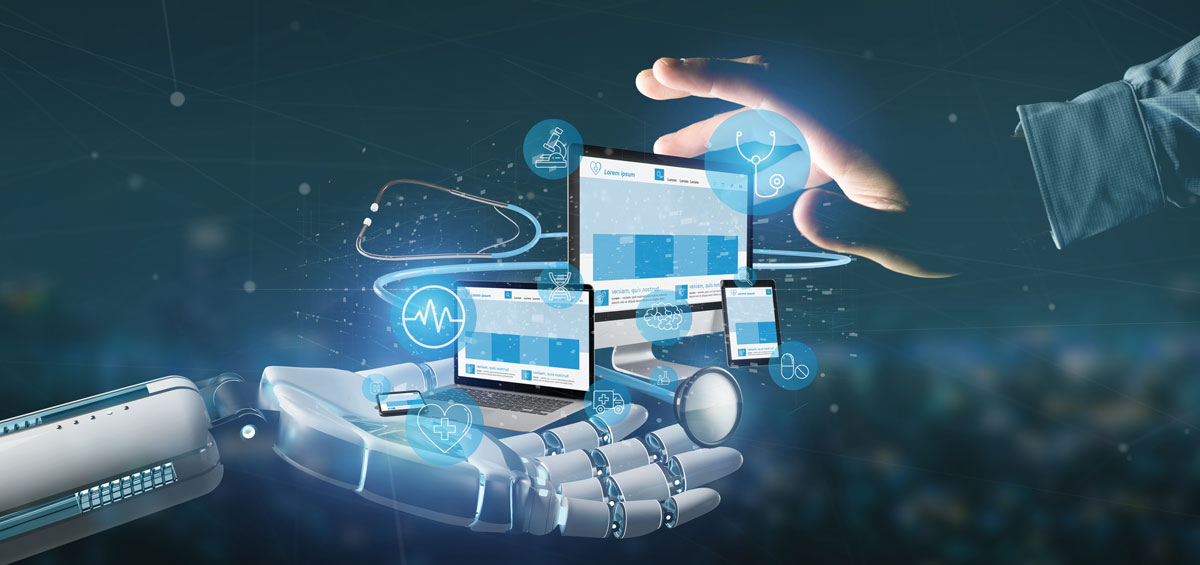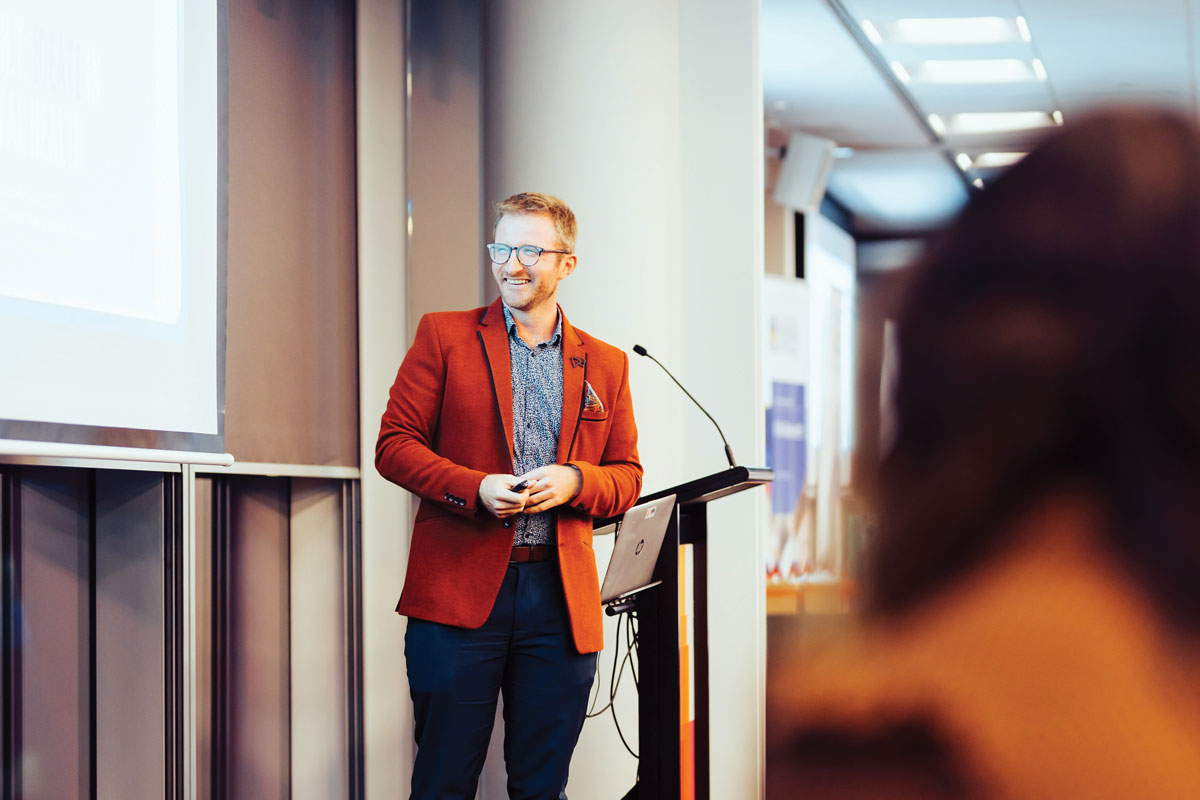 It’s no longer the case of build a medical device or app and it will be used. Biomedical engineer and medical device entrepreneur, Dr Matthew Oldakowski, has insight on the process.
It’s no longer the case of build a medical device or app and it will be used. Biomedical engineer and medical device entrepreneur, Dr Matthew Oldakowski, has insight on the process.
The Byers Centre for Biodesign at Stanford University developed the Biodesign method, a prescriptive framework designed to ensure that innovators focus on real, unmet clinical needs.
Perth Biodesign follows this model and begins by identifying clinical problems during periods of clinical immersion, directly observing clinical practice and engaging with clinicians.

Once we have identified a potential problem, we characterise the disease state, the existing solutions, the stakeholders and the market size and health economic burden. We then create a need statement to identify problems with existing mechanisms, the specific patient populations affected and then work to achieve tangible, realisable outcomes.
At this stage in the development, while still being ‘solution agnostic’, we are able to confirm that an observed problem is, in fact, a real, unmet clinical need worth trying to solve.
Then the brainstorming begins as teams develop multiple concepts and examine the risks involved with each in terms of technical feasibility, intellectual property, regulatory pathway, reimbursement and business model.
When a concept is decided upon, we proceed with a detailed risk profile on the basis that the most exciting concept isn’t always the most realistic or the least risky. At this point we develop a commercialisation strategy to take our innovation to patients.
At Perth Biodesign, this process is done over six months for our medical device course and three months for our digital health course. Applications will open early to mid-2020 for our Biodesign courses and clinicians are encouraged to apply or enquire about being a clinical mentor.
We form multidisciplinary teams, involving at least an engineering, a clinician, a business person and a scientist. Often, we also have designers and other disciplines involved.
Clinicians are an essential part of any Biodesign team bringing clinical perspective and with a strong focus on the patient as an individual. Beyond being involved in the team, clinical mentors are invaluable in providing nuanced and practical understanding of a particular disease state as well as the dynamics within the healthcare system.
Clinical validation must be done with hundreds of clinicians and different medical stakeholders from around the world, rather than the handful from the local community. This is to ensure that innovators invent things that will meet the needs of clinicians and their patients. However, innovators must ensure that even if some clinicians respond negatively to their early concept, there is still a potential pathway to adoption in the future.
That said, medical device development is very multifactorial and should not be driven solely by a single clinician inventor. Innovators, clinicians or otherwise, must deeply understand the disease state and the clinicians’ thoughts and attitudes towards it, of course, but they must draw their own conclusions about clinical needs based on the evidence they gather, otherwise disruptive innovation would not be possible.
Radically innovative companies will always have to overcome resistance to change by clinicians and the hospital system. Needs-based innovation through the Biodesign process is the antidote to this in that if a team is confident that they can address a real clinical problem to benefit patients and create value economically, then they can be confident that somehow, with enough time and resources they will be able to overcome reluctance to adopt new technologies or approaches.
ED: Dr Oldakowski is a director of Perth Biodesign, a company which develops biomedical technology and runs courses to support aspiring biomedical entrepreneurs.

